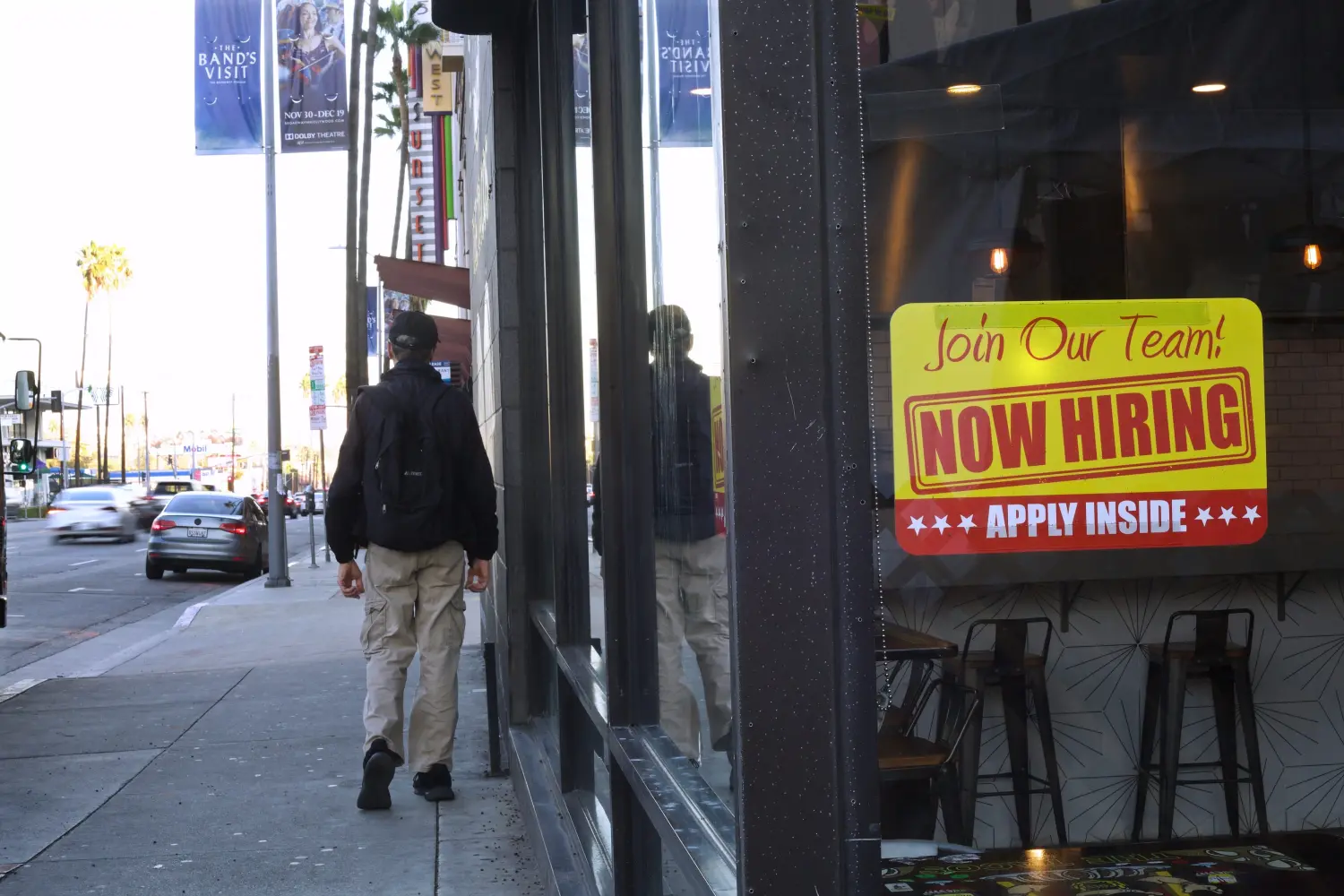The paper summarized here is part of the Spring 2023 edition of the Brookings Papers on Economic Activity (BPEA), the leading conference series and journal in economics for timely, cutting-edge research about real-world policy issues. The conference draft of this paper was presented at the Spring 2023 BPEA Conference (recordings and slides are available via the link). The final version was published in the Spring 2023 issue by Johns Hopkins University Press. Submit a proposal to present at a future BPEA conference here.
Download final paper with discussion comments and general discussion summary
Download data/programs for final paper and comments
Long COVID, fear of catching COVID, and Americans’ shifting priorities for the balance between work and personal activities may explain more than half of the drop in U.S. labor force participation over the past three years, suggests a paper discussed at the Brookings Papers on Economic Activity (BPEA) conference on March 30, 2023.
According to the paper—Where Are the Missing Workers? Anticipated and Unanticipated Labor Supply Changes in the Pandemic’s Aftermath—labor force participation (the percentage of people working or looking for work) plummeted by more than 3 percentage points during the first two months of the COVID-19 pandemic from 63.3% in January 2020, representing a decline of more than 8.2 million people. About half of the drop was quickly regained and participation recovered further in the second half of 2021.

But, since then, “participation again appears to have stagnated … at a percentage point below its February 2020 level,” write the authors—Katharine G. Abraham and Lea Rendell of the University of Maryland.
About 40% (nearly 1 million workers) of the persistent decline can be attributed to the continuation of pre-pandemic demographic trends, according to the authors. As the Baby Boomers reach retirement age, they are leaving the labor force. However, the population is becoming more educated, and at every age, more educated people are more likely to be working.
The authors discuss four possible explanations for the remaining 60% of the decline (about 1.4 million workers): cash payments to households in 2020 and 2021 that made it easier for some people to postpone looking for a new job; fear of catching COVID; long-COVID symptoms that make it difficult to work; and changing work-life balance preferences.
The cash payments—generous unemployment benefits, economic impact payments, and an expanded child tax credit—cannot account for much of the participation decline, the authors conclude. All of these payments had ended by the start of 2022, and although they contributed to somewhat healthier household balance sheets, they did not add sufficiently to household wealth to have any significant lasting effect on the share of people choosing to work.
Fear of catching COVID partially explains the participation decline, but surveys suggest fear of COVID has fallen significantly. Moreover, average weekly hours of still-employed people have not fully recovered to pre-pandemic levels. (The three-month moving average, according to a Labor Department survey, was 36.9 hours in November 2022, down from 37.5 hours in January 2020.)
“People working fewer hours can’t be explained by fear of COVID. You just wouldn’t be going to work at all if it was fear of COVID,” Abraham said in an interview with The Brookings Institution.
“If you have the financial resources, you have more freedom to re-evaluate your priorities.”
Long COVID (symptoms such as extreme fatigue, shortness of breath, muscle weakness, and brain fog that persist for months after the initial infection) could explain about half of the 1.4 million worker shortfall in participation at the end of 2022 and about 10% of the hours decline, the authors say.
“A reevaluation of the balance between work and other activities also may be part of the explanation,” the authors write.
That last possible explanation is supported by demographic differences in participation, they suggest. Participation has fallen substantially more among older adults, many of whom are homeowners who benefited from rising house prices. It has also fallen more for white non-Hispanics, who, on average, have higher incomes than other workers.
“If you have the financial resources, you have more freedom to re-evaluate your priorities,” Abraham said. “If you have less money, then you have less freedom.”
CITATION
Abraham, Katharine G. and Lea E. Rendell. 2023. “Where Are the Missing Workers? Anticipated and Unanticipated Labor Supply Changes in the Pandemic’s Aftermath.” Brookings Papers on Economic Activity, Spring. 1-48.
Aaronson, Stephanie. 2023. “Comment on ‘Where Are the Missing Workers? Anticipated and Unanticipated Labor Supply Changes in the Pandemic’s Aftermath’.” Brookings Papers on Economic Activity, Spring. 49-63.
Shin, Yongseok. 2023. “Comment on ‘Where Are the Missing Workers? Anticipated and Unanticipated Labor Supply Changes in the Pandemic’s Aftermath’.” Brookings Papers on Economic Activity, Spring. 63-70.
Discussants


-
Acknowledgements and disclosures
The authors did not receive financial support from any firm or person for this article or from any firm or person with a financial or political interest in this article. The authors are not currently an officer, director, or board member of any organization with a financial or political interest in this article.
David Skidmore authored the summary language for this paper. Chris Miller assisted with data visualization.





